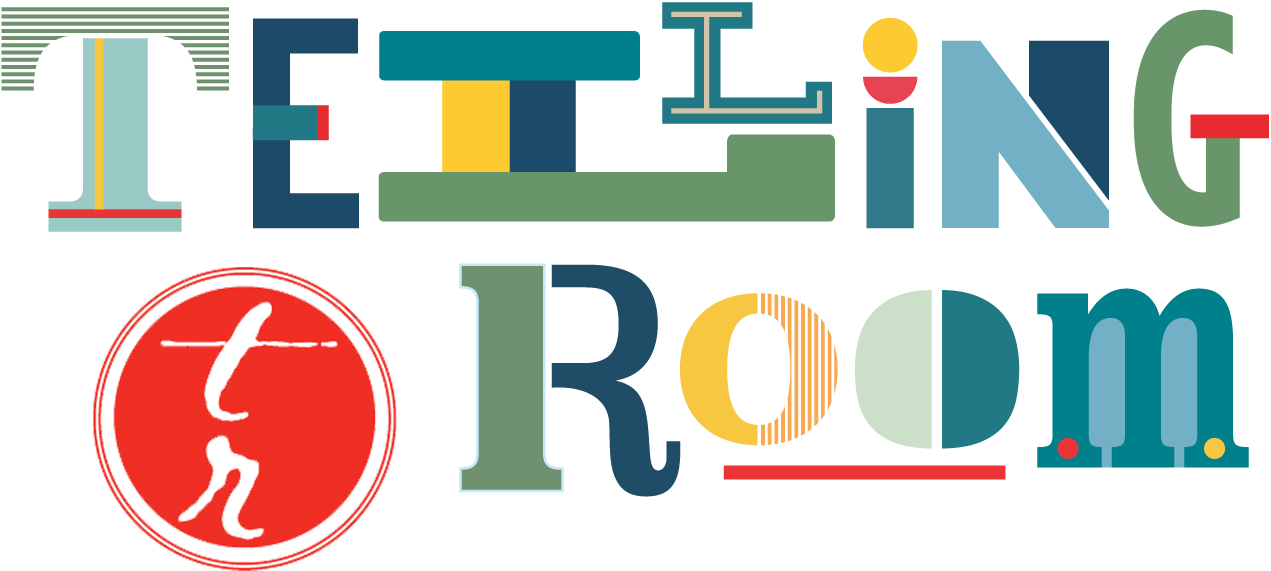"Bridging the Distance" by Nina Lawson
“Six feet apart please, six feet apart,” I called out as I paced down a long line of food bank recipients that wrapped around the entrance.
The weekly volunteers at a pop-up food pantry in San Francisco’s Sunset District hurried to organize the distribution boxes for the line of people waiting in the fog on this chilly morning. My bright green vest glinted in the window of every passing car. I pulled colored chalk from my mesh pocket to retouch the smudged “X’s” on the damp pavement, indicating each standing marker.
Most of the people, many of them elderly Chinese, specifically Cantonese, had been waiting for several hours. Their greetings, mannerisms, and style of dress—brightly colored, thin clothing; often knit material— reminded me of my own grandparents. Others did little exercises as they stood in place: arm swings, toe touches. Anything rewarding to fill the time.
Finally, our supervisor held up his hand to signify five minutes. Hundreds of feet shuffled back into position. Nine o’clock. Right on schedule.
Aside from the day my mom took me to GLIDE Memorial Church to provide free meals when I was ten, I had never been to a food pantry. As a teenager growing up in an affluent part of Marin County, I was sheltered. I never struggled getting my basic needs met. Where I’m from, most families head to Lake Tahoe resorts in the middle of February for “ski week” and spend their summers traveling all over. Many of my peers study abroad, benefit from academic enrichment, and enroll in costly athletics or arts programs. From the protection of this safety bubble, it’s just a fifteen-minute drive across the Golden Gate Bridge into the neighborhood where the food bank runs.
My first day on the job, five months ago, I followed everyone’s lead filling grocery bags. When a manager asked if I could be a runner, I agreed, willing to do whatever was needed. The front line was a long table topped with six food bags; my task was to quickly replace each one taken.
To be honest, I started volunteering for the community service credits. I figured I’d just do two shifts and efficiently knock them out of the way. But as the day went on, I enjoyed the work. At the end of my 4-hour shift, we’d served about 1,200 families, feeding nearly six thousand individuals. Hundreds of them had stood outside for hours. Sometimes there was no movement at all, just waiting. Some waited until noon to get food.
One morning, a small old woman hobbled up from the gate. Her hair, graying from the roots, was cut short into a bob. She wore purple leggings with a light blue, pleated sweater. Her gently wrinkled eyes lit up at my warm greeting. She could have been Nai Nai (my grandma), who was herself approaching eighty-three years old, just over five feet tall and probably weighing one hundred pounds.
“The bag is very heavy today,” I warned.
She acknowledged my words with a slight nod and began to lift it off the edge of the table. As she walked away, she gestured to acknowledge how hefty it really was and uttered a little laugh, then tottered back through the gate. I watched her cross the street and continue to trudge back up the block, clutching her bag of food until she was out of view.
How far could she walk until it became too heavy, I wondered? How far was she from home? What if she were too sick, or forgot to bring her registration card, or missed her time slot? And what would happen if the pantries ran out?
Prior to the pandemic and economic shutdown, food pantries served about one third the amount they do now. The exponential increase is attributed to surging unemployment rates around the country. Many children, who relied on school breakfasts and lunches, were no longer in school. Furthermore, since many restaurants and hotels stopped donating, food banks—like grocery stores— have faced shortages.
Here in the Bay Area, where some of the world’s richest people live amid undistributed wealth, I’m overcome by an urge to do more. Sometimes people think their contribution means nothing, but any kind of support—giving your time or money can reach far more than you might expect. There is always another family in need. Until the problem of food insecurity is solved, it will continue on, without a foreseeable end. Don’t shy away from making your own impact.
Nina Lawson is 16 years old; she lives in Mill Valley, California. When Nina is not writing she likes to paint and do oil pastel. She is also a swimmer and plays water polo.Here is her website -- https://www.ninasartwork.com/.

